What are Perennial Weeds?
Perennial Weeds are longer lived plants that can survive winter or regrow from roots, rhizomes or tubers in spring after a period of dormancy. Many weeds that grow from seed ...

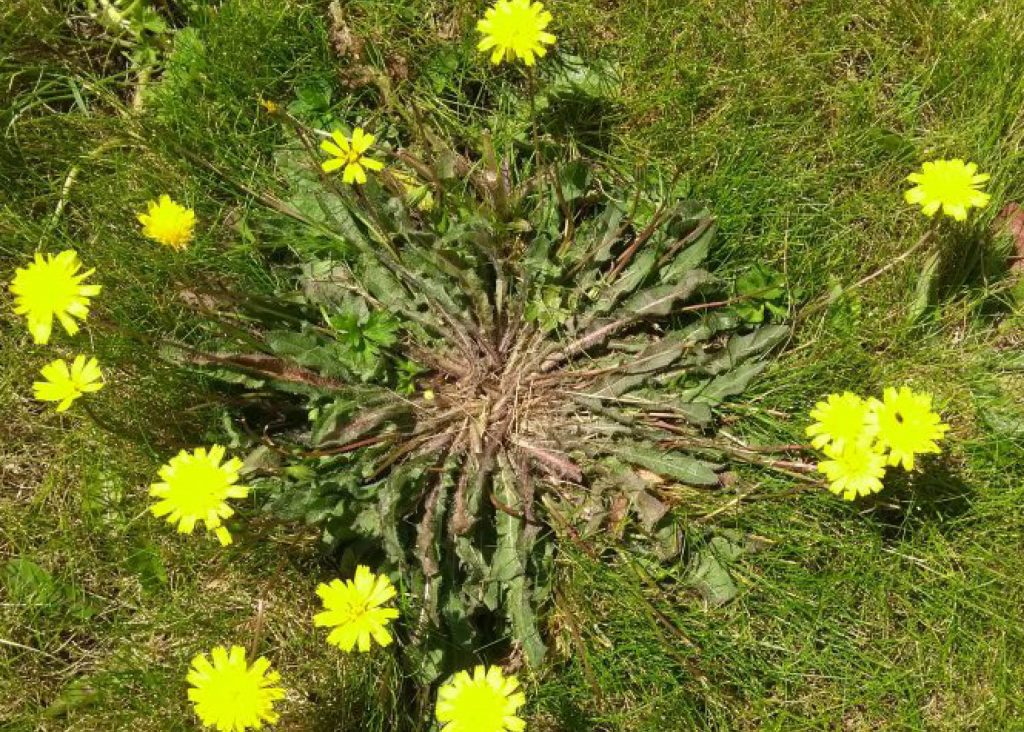 A well-fed, healthy lawn that is regularly mowed at the correct height will be able to resist invasion by most weeds.
A well-fed, healthy lawn that is regularly mowed at the correct height will be able to resist invasion by most weeds.
Unfortunately, you can’t always control what happens beyond the boundaries of your property and if there’s weeds on the roadside or in a neighbour’s yard, seeds can be blown or carried into your lawn to start a new outbreak.
You might also find your previous weed removal efforts were inadequate.
Here are six other reasons weeds can grow back:
The three main methods of weed removal are by hand, using a weed removal tool or spraying with herbicide.
Each method has its own pros and cons, and some are more effective in some scenarios than others.
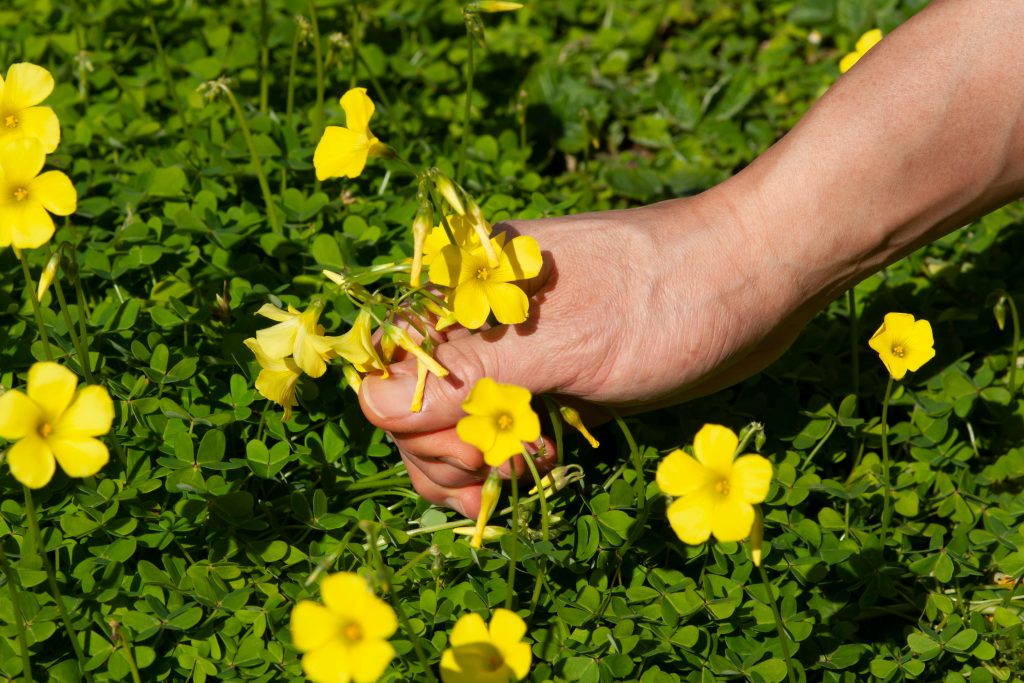 Hand removal is best undertaken when weeds are small and after rain or when your lawn has been watered.
Hand removal is best undertaken when weeds are small and after rain or when your lawn has been watered.
It will be easier to remove the whole plant, roots and all from soil that is moist, soft and loamy.
You can use a small trowel or garden fork to loosen the soil if necessary, before gently pulling up the weed, using a smooth motion so the stem doesn’t break off.
Take care to remove as many roots as possible to prevent weeds from re-growing.
Bigger weeds will have deeper, more complex root systems, and pulling them out of dense, clay-based or compacted soils can be difficult.
Some weeds shouldn’t be pulled from your lawn because they leave behind nuts, tubers or rhizomes that can spread underground and develop new plants.
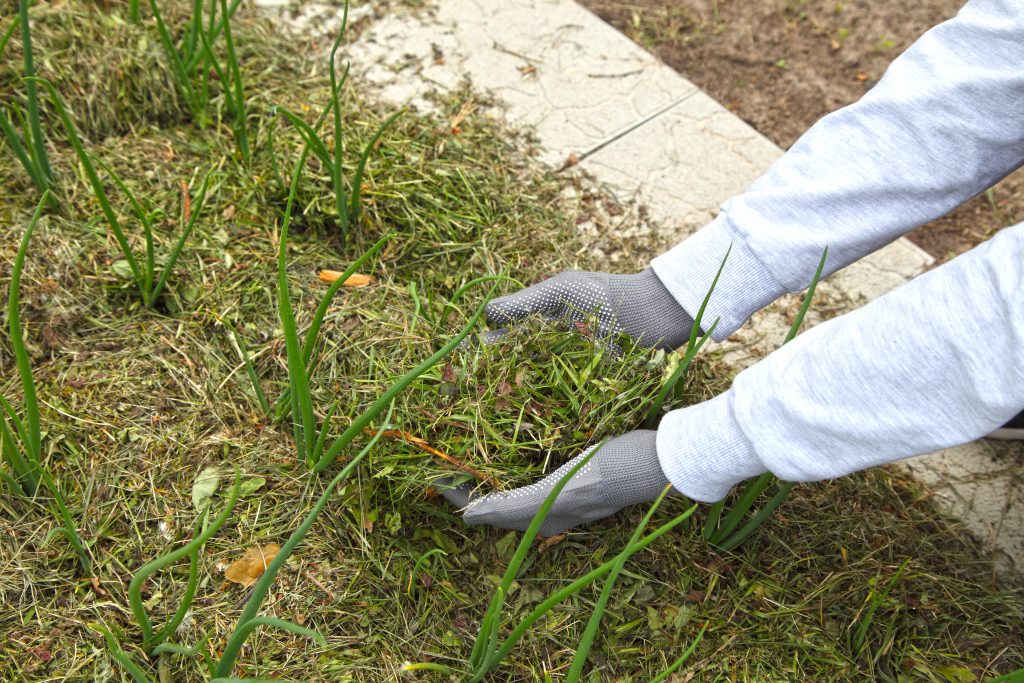 This includes Nut Grass, Onion Weed and Soursob, which are often introduced to gardens in contaminated soil brought in for garden beds or for top dressing lawns.
This includes Nut Grass, Onion Weed and Soursob, which are often introduced to gardens in contaminated soil brought in for garden beds or for top dressing lawns.
They can also sneak into your lawn from nearby footpaths, gardens and parks.
We recommend using a sharp spade to dig up small plants, leaving a generous margin around the plant and going deep enough to capture any rhizomes, bulbs or tubers.
Where these weeds are more mature or covering a larger area, you can use a selective herbicide or the non-selective herbicide TUFFWEED Liquid Glyphosate but be warned: glyphosate will kill any plant it touches.
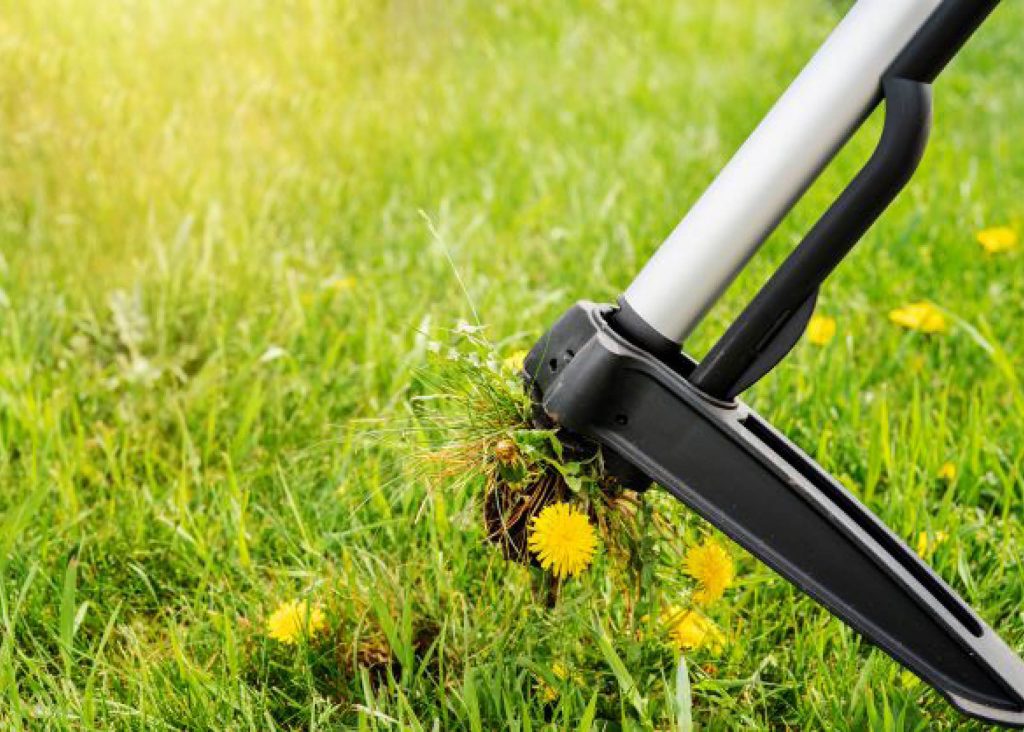 There’s a range of garden implements that can make weeding your lawn easier.
There’s a range of garden implements that can make weeding your lawn easier.
They include tools with short handles you can use while on your hands and knees – or sitting on a low portable seat – to rake the surface, loosen soil, or pull individual weeds.
Long-handled tools are often better suited to removing multiple weeds. They include the hoe and a stand up weed puller, which has a platform that you step on to push it into the ground.
Some stand up weed pullers have claws that you can use to grab the plant, securely gripping the roots, and an ejector handle that releases the weed once it’s been removed.
You’ll still need to pull up weeds one at a time, but it’s kinder on backs, knees and hips.
There’s a guide to using weed pullers here.
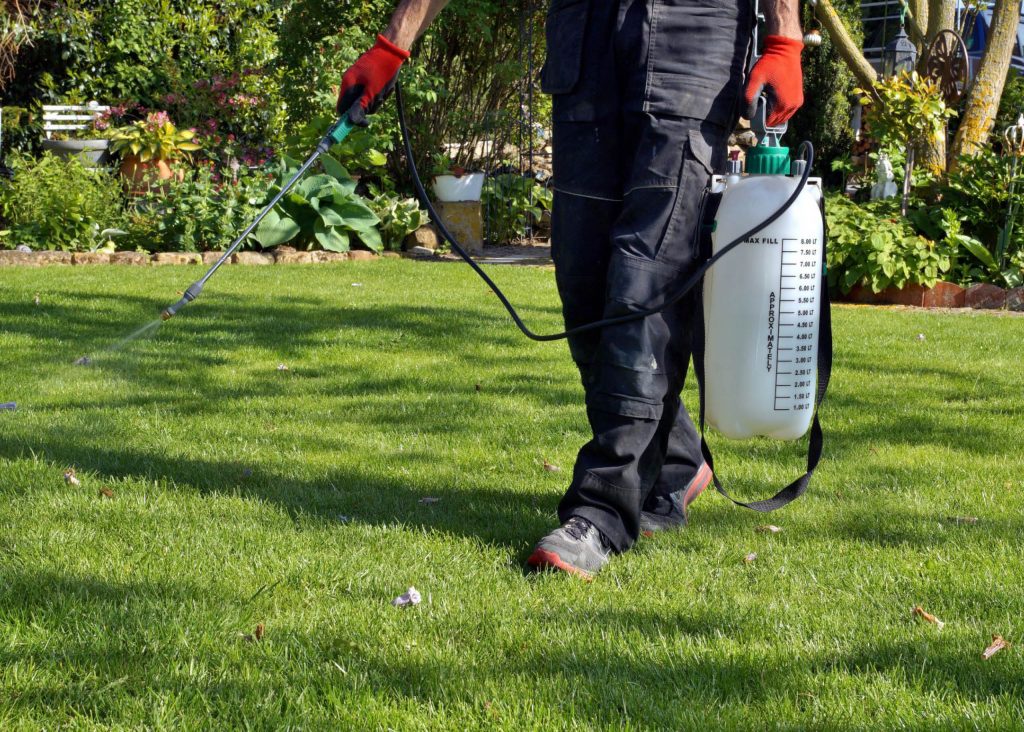 Sometimes, using herbicide is the best way to remove weeds from a large area, but there are two things you need to know first.
Sometimes, using herbicide is the best way to remove weeds from a large area, but there are two things you need to know first.
One, what weed you’re targeting, and two, which herbicide will control it while being safe to use on your lawn type.
Glyphosate is a non-selective herbicide that will kill any plant it touches, which includes your lawn.
Selective herbicides containing active ingredients such as bromoxynil, MCPA or dicamba, are safer and will give good results on many common Broadleaf Weeds, such as Cudweed, Clover, Bindii or Soursob.
Buffalo lawns are more sensitive than other types of grass, so use only bromoxynil-based products on them.
Instead of dirtying a knapsack or spray unit to mix up a small amount of herbicide, it can make more sense to use a weed wand or paint brush to apply herbicide to individual weeds.
There’s a guide to identifying and managing Broadleaf Weeds here.
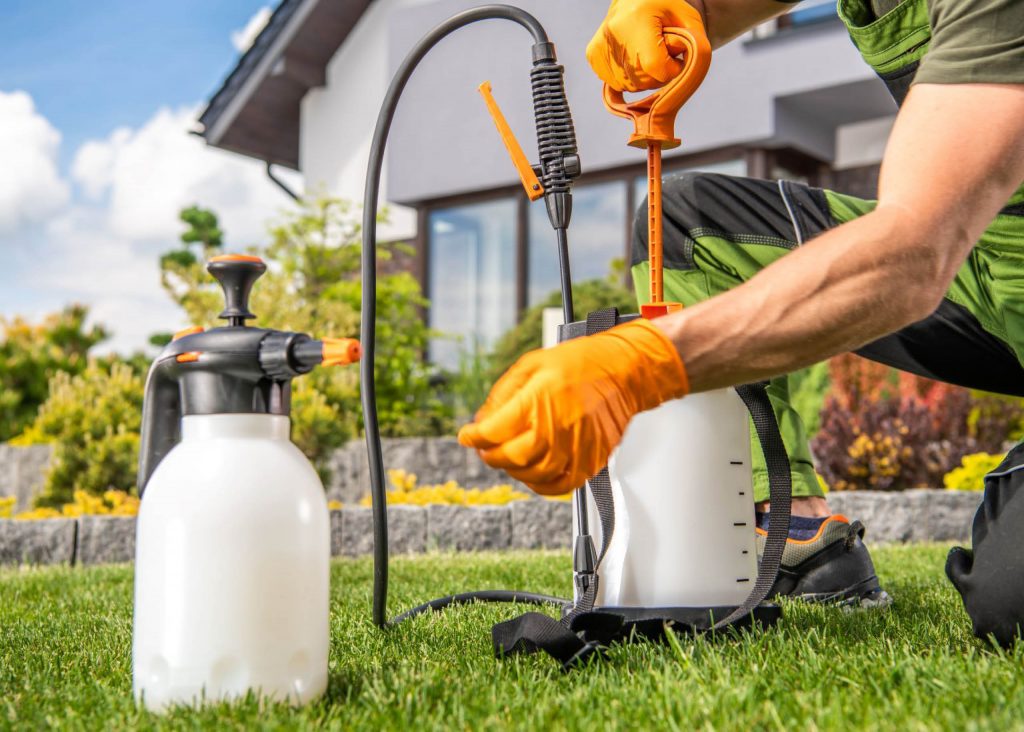 Of course, the best way to ensure a weed-free lawn is to stop the weeds from gaining a foothold in the first place.
Of course, the best way to ensure a weed-free lawn is to stop the weeds from gaining a foothold in the first place.
Keep your lawn in top shape by following our tips in The Ultimate Turf Maintenance and Lawn Care guide here.
Using a pre-emergent herbicide combined with a fertiliser, such as Oxafert, will give your lawn a boost and lay down a protective layer that will stop newly-germinating weeds.
Suitable for use on Buffalo, Couch, Kikuyu and Zoysia lawns, Oxafert does not control established weeds. A knockdown herbicide will be needed for this.
Or you might try spot treating weeds with an organic weed treatment, such as pouring boiling water on plants, or using products containing pine oil or a 20% vinegar solution.
You could also use a device that produces steam or a gas flame to burn and kill weeds. Just take care not to accidentally set fire to your lawn or any rubbish piles.
There’s more information about removing specific weeds from your lawn here and you can browse the range of products from leading lawn care brands in myhomeTURF’s online store here.